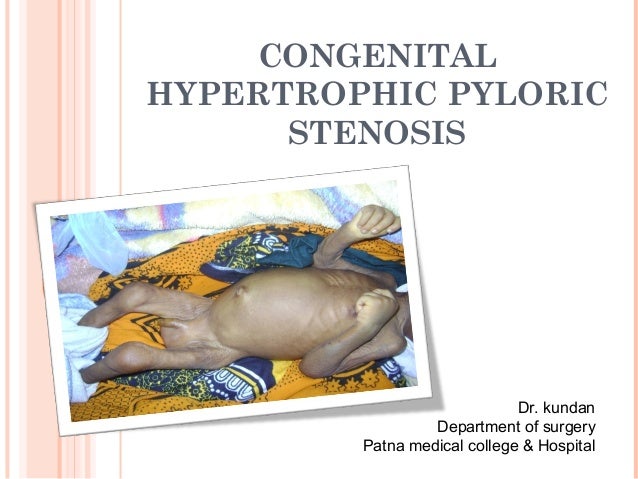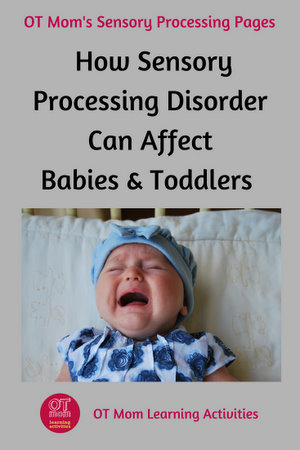Congenital pyloric stenosis or congenital hypertrophic pyloric Stenosis occurs when the baby has a thickened pyloric muscle right from the birth. Treatment for Pyloric Stenosis in babies usually includes a surgical operation that is known as Pyloromyotomy.
 Pyloromyotomy Surgery For Pyloric Stenosis
Pyloromyotomy Surgery For Pyloric Stenosis
Here they mix with acid and are partially digested.

What is pyloric stenosis in infants. Pyloric stenosis is a problem that affects babies between birth and 6 months of age and causes forceful vomiting that can lead to dehydration. This is typically done near the navel. The pylorus is a muscle that opens and closes to allow food to pass through the stomach into the intestine.
Here is some of what two survivors have learnt supported by the experiences and discoveries of our readers. Although the primary therapy for pyloric stenosis is surgical it is essential to realize that pyloric stenosis is a medical and not a surgical emergency. It is the second most common problem requiring surgery in newborns.
Pyloric stenosis can make a baby vomit forcefully and often. Pyloric stenosis means a narrowed outlet of the stomach. Pyloric stenosis is a condition that causes pylorus muscles in infants to expand.
Pyloric stenosis in infants Pyloric stenosis is a narrowing of the pylorus the opening from the stomach into the small intestine. Pyloric stenosis also called infantile hypertrophic pyloric stenosis is a type of gastric outlet obstruction which means a blockage from the stomach to the intestines. It occurs in some newborn babies.
The expanded muscles cause food to get backed up in the stomach and not properly digested. In pyloric stenosis this muscle thickens causing the obstruction. Pyloric stenosis also called infantile hypertrophic pyloric stenosis is a condition caused by an enlarged pylorus.
Aspelund G Langer JC. Pyloric stenosis is a rare condition that makes the valve between a newborns stomach and small intestine get thick and narrow. When this muscle becomes enlarged feedings are blocked from emptying out of the stomach.
The pylorus is a muscle that opens allowing undigested food to exit the stomach and pass into the small intestine. This makes it harder for food to go from the babys stomach into the. Coronavirus COVID-19 Updates Learn about the steps were taking to protect your familys health and safety in our clinics hospital and Emergency Center.
Surgery is needed to treat pyloric stenosis. These muscles are located in the stomach and aid in digestion by passing food into the small intestines. Prior to Pyloric Stenosis surgery fluids are administered to patients through a vein.
What is Pediatric Pyloric Stenosis. The lining of the pylorus bulges through the incision opening a channel from the stomach to the small intestine. The procedure pyloromyotomy is often scheduled on the same day.
This problem typically occurs in infants between 2 and 8 weeks. When reflux isnt just reflux your baby may have pyloric stenosis. Pyloric stenosis is an uncommon condition in infants that blocks food from entering the small intestine.
Pyloric stenosis affects about 3 out of 1000 babies in the United States. Pyloric stenosis is a condition resulting in obstruction of the stomach. Infantile pyloric stenosis is the most frequently encountered infant gastrointestinal obstruction in most general hospitals.
Food and drink pass down the gullet oesophagus into the stomach. Normally a muscular valve pylorus between the stomach and small intestine holds food in the stomach until it is ready for the next stage in the digestive process. These conditions lead to two types of pyloric stenosis in infants.
The muscles in this part of the stomach thicken narrowing the opening of the pylorus and preventing food from moving from the stomach to the intestine. The lower portion of the stomach that connects to the small intestine is known as the pylorus. It can lead to serious problems like dehydration and needs medical treatment right away.
In infantile hypertrophic pyloric stenosis HPS hypertrophy of the pyloric sphincter results in narrowing of the pyloric canal. This condition causes severe vomiting in infants between two weeks and eight weeks of ag. A small incision is afterwards made in the stomach of the infant.
It is the most common cause of gastric outlet obstruction in the 2- to 12-week-old age group. This article describes the condition in infants. In surgery to treat pyloric stenosis pyloromyotomy the surgeon makes an incision in the wall of the pylorus.
Pyloric stenosis is the narrowing of the lower portion of the stomach pylorus that leads into the small intestine. Exact cause is not known but it appears to have familial clustering and recessive genetic origin. Pyloric Stenosis in its infant and adult forms has left many people with unexpected and unwanted complications and unanswered questions.
When people think of SPD the pattern that first comes to mind is usually Sensory. Such disorders cause a person to struggle to integrate or.
 Sensory Processing Disorder In Babies And Toddlers
Sensory Processing Disorder In Babies And Toddlers
Our goal is to ensure that any children facing sensory motor fine and gross motor skill challenges have affordable access to world class fun occupational therapy exercises right at their own home.

Sensory disorder in infants. Check in on your childs progress. A child who has tripped may not react. Sensory Integration Disorder or SID is one of the early signs of autism in toddlers and children.
All starting with a simple online sensory processing disorder quiz. Signs and Symptoms Of SPD In Infants And Toddlers. Sensory processing disorders disrupt how the nervous system processes sensory information.
The symptoms of sensory processing disorders may start at a young age. Its important for parents and teachers to understand that there are many types of sensory disorders. Such challenges can appear in one or several sensory systems of the somatosensory system vestibular system propioceptive system interoceptive system auditory system visual system olfactory system and gustatory system.
The nervous system is a complex. Sensory disorders in children need to be identified early for proper intervention. And sometimes it takes an experienced parent teacher or pediatrician to recommend a child receive a sensory processing disorder evalutation.
SPD is a condition where sensory stimuli arent interpreted properly by the brain and nervous system. Sensory Processing Disorder may make it difficult to filter out unimportant sensory information like the background noise of a busy school hallway and causes children to feel overwhelmed and over-stimulated in certain environments. Kids may be oversensitive to sensory input undersensitive or both.
In this article we will discuss the first pattern of SPD. Children with this condition tend to be either hypersensitive oversensitive or hyposensitive under-responsive to stimuli. Lucy Jane Miller describes three patterns and six subtypes of SPD.
If so he or she may be experiencing some kind of sensory. This is the second in a series of articles on Sensory Processing Disorder SPD focusing on the eight sensory systems and the patterns and subtypes. An infant with sensory processing disorder may not play with toys in the same way as his peers.
Parents may notice that there are some toys eg textured or noisy toys that are always avoided. What are sensory processing issues. Or SPD may make it difficult to take in important sensory information.
The purpose of this SPD Symptom Checklist For Infants and Toddlers is to help parents and professionals who interact with children become educated about particular signs of sensory processing disorder in the youngest children and babies. A sensory child does not mean the child has a disorder. Sensory processing disorder SPD is characterized by persistent challenges with neurological processing of sensory stimuli.
It involves impairments in Tactile Vestibular and Proprioceptive senses. For example children learn through their senses. Just like you a child when tired hungry or thirsty is more sensitive.
Formerly referred to as sensory integration. Discussion of the symptoms that present themselves in the 7 sensory categories. Sensory processing or sensory integration refers to the way your nervous system interprets sensory messages and turns them into the appropriate physical responsesYour body processes sensory input whether youre eating or reading but some children have a condition that jumbles up sensory signals and makes day-to-day tasks become troublesome hurdles.
Children who have sensory issues may have an aversion to anything that triggers their senses such as light sound touch taste or smell. Sensory Processing Disorders are also known as sensory integration disorders or SID. Sensory disorders are also known as Sensory Processing Disorder SPD or Sensory Integration Dysfunction.
Sensory Modulation Disorder is a problem with turning sensory messages into controlled behaviours that match the nature and intensity of the sensory information. Sensory processing disorder is a condition in which the brain has trouble receiving and responding to information that comes in through the senses. Moreover a baby explores and learns from their senses differently from a toddler or a school-aged child.
Sensory-Based Motor Disorder is a problem with stabilising moving or planning a series of movements in response to sensory demands. Telltale Signs and Symptoms. Signs that a child may have sensory processing disorder include exhibiting hypersensitivity being overly sensitive to stimuli hyposensitivity being under-sensitive to their senses or a combination of both.
Sensory processing issues are difficulties with organizing and responding to information that comes in through the senses. The term refers to trouble managing information that comes in through the senses. Common symptoms of sensory processing issues may include.
He may avoid exploring toys with his hands or mouth or be limited in the movement he makes with the toy. Many children who develop the disorder may have been described as fussy when they were infants. Does your child overreact to loud noises avoid certain textures appear overly uncoordinated or simply seem to lack self-control.
Sensory processing disorder in babies and toddlers can affect the way they play with toys.